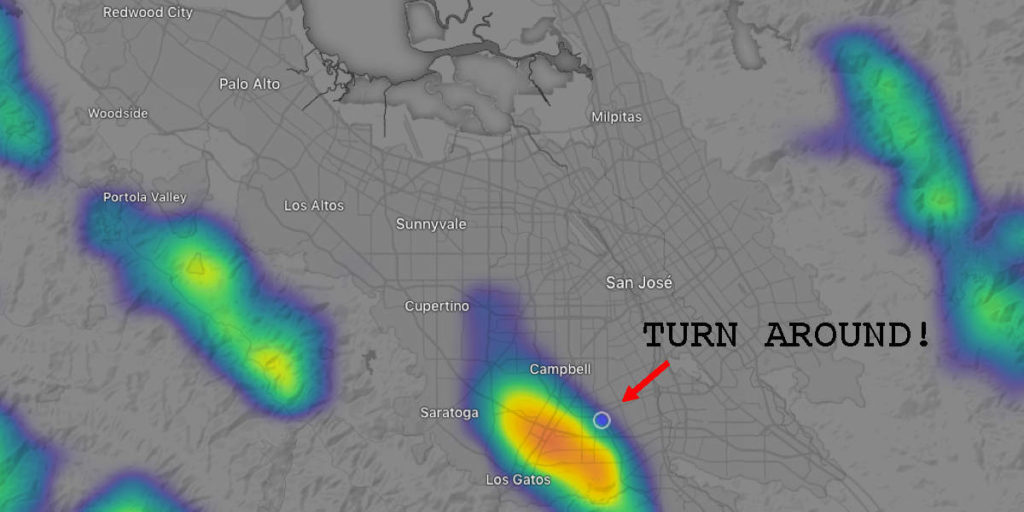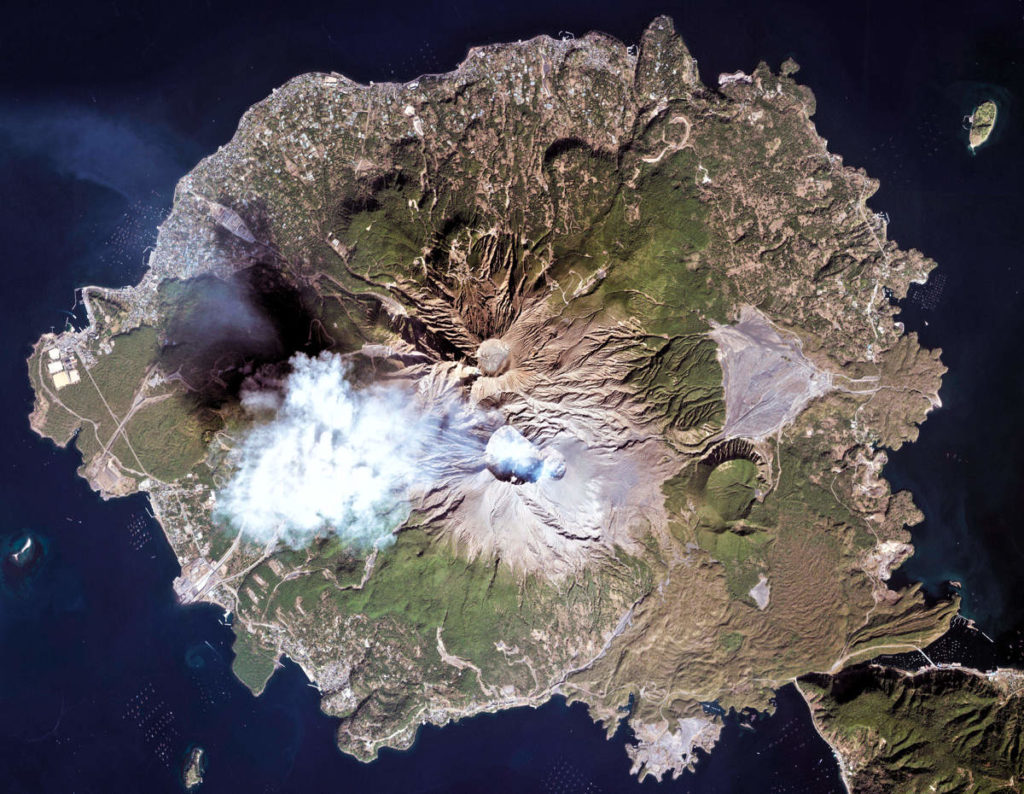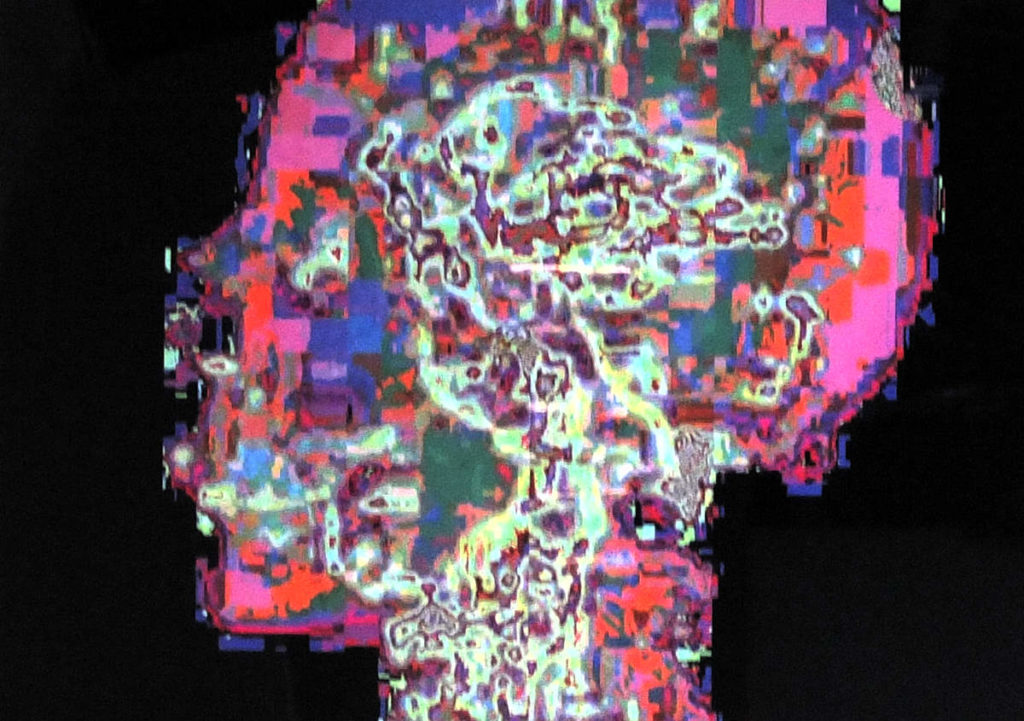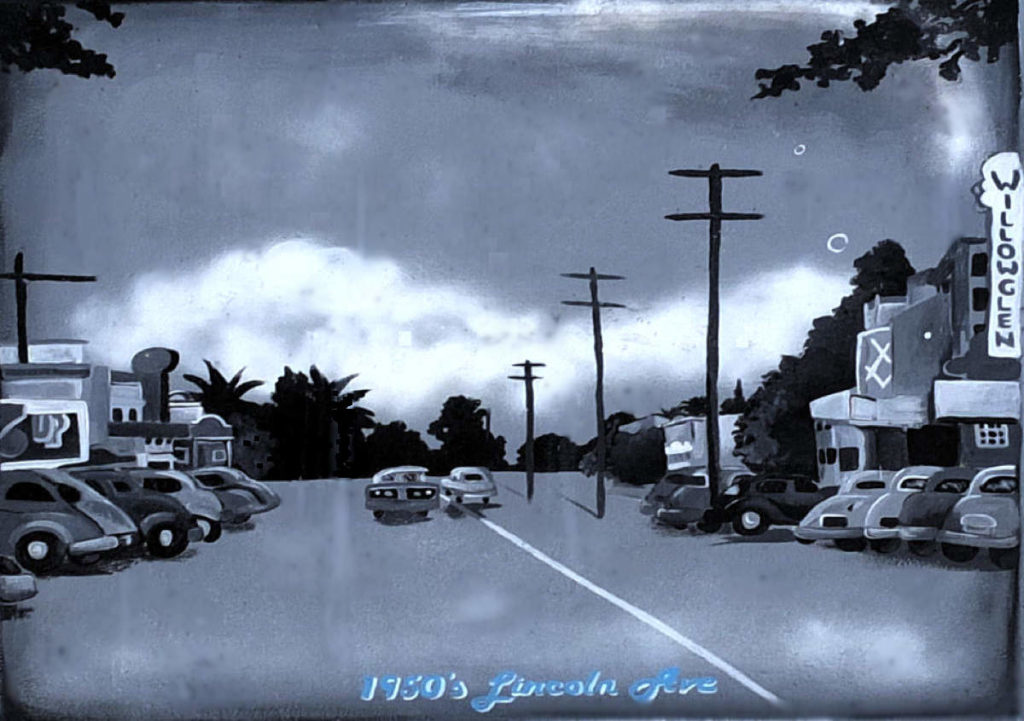
Singer: Is there anything you’ve been able to draw upon, David? Is there comfort in the past?
Milch: I feel the past falling away and the attachments of regret for what wasn’t done or was done badly or was done without sufficient sympathy, and it was for that reason that our granddaughter’s visit was such a redemptive and compelling occurrence. Everything is an adventure for her and a delight and a surprise, an opening up, and that’s a big gratification.
Singer: I’ve never thought of you as a sentimental person, but maybe I misread that. How would you characterize yourself?
Milch: As an unsentimental person.
–David Milch’s Third Act by Mark Singer (New Yorker May 20, 2019)





